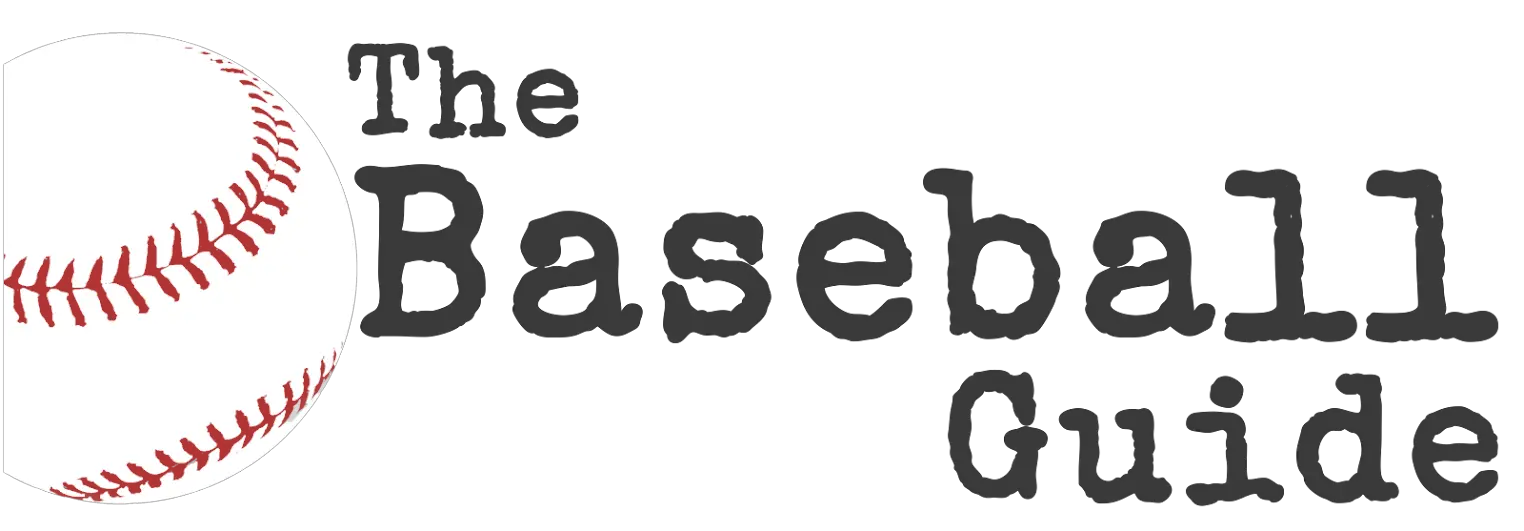In the world of baseball, there’s a unique role called the Designated Hitter (DH). It was introduced in 1973 in the American League and adds an interesting twist to the batting lineup. The DH allows a player to bat in place of the pitcher, who may not be as skilled at hitting. This rule has been a topic of debate among traditionalists and modernists, as it impacts the pace, strategy, and tradition of the game. Let’s explore the DH and how it shapes the dynamic nature of baseball today.
What is a DH in Baseball?
The Designated Hitter, commonly known as the DH, is a player who assumes the role of batting in place of the pitcher and does not have a defensive position on the field.
This position is authorized by Rule 5.11 of the Official Baseball Rules in Major League Baseball (MLB). Originally introduced by the American League in 1973, it was later adopted by the National League in 2022, making it a universal rule in MLB. Interestingly, the designated hitter role has been widely embraced in nearly all amateur, collegiate, and professional leagues worldwide, with the exception of Nippon Professional Baseball’s Central League. This adoption has been attributed to its aim of increasing offensive action and protecting pitchers from potential injuries related to batting.
Can a Pitcher Hit Instead of DH?
A starting pitcher is granted the flexibility to also take on the responsibilities of a designated hitter (DH). This dual participation was instituted with the 2022 season, aligning with the implementation of the universal DH rule across both the American and National Leagues. Commonly termed the “Ohtani rule,” this adaptation honors the talents of Shohei Ohtani, the Los Angeles Angels’ player renowned for his prowess both on the mound and at the plate. Thus, should they elect to, pitchers can indeed fulfill the role of the DH, providing teams with a strategic edge by enabling their pitchers to contribute to the offensive game while preserving the option of a traditional DH.
So, yes, a pitcher can hit instead of the DH, but it is subject to certain conditions and team strategy. This rule has also given rise to player specialization, with some teams designating certain pitchers as “two-way players” who are skilled at both pitching and hitting. The success of this approach remains to be seen in the long run, but it has certainly added an interesting dimension to the game.
MLB Designated Hitter Rules
Under the Official Baseball Rules, specifically Rule 5.11, the Major League Baseball (MLB) defines the parameters for the utilization of the designated hitter (DH). This role is specifically tailored for a player to take the place of the pitcher in the batting lineup, sidestepping the necessity for the pitcher to engage in hitting. Here’s a breakdown of the DH rules:
- Role of Designated Hitter: The DH is assigned to bat instead of the pitcher, allowing the pitcher to focus solely on pitching. The DH, however, does not take on a defensive position on the field.
- Discretionary Implementation: The decision to deploy a designated hitter must be made prior to the game’s commencement. It is not a mandatory role and rests at a team’s discretion.
- Starting Pitcher as a DH: The rules uphold the pitcher’s right to function as the DH, a provision emphasized from the 2022 season. This is primarily applicable to starting pitchers rather than relief pitchers.
- Exclusivity to the Pitcher: Rule 5.11 underlines that the DH is to replace the pitcher alone, and cannot be substituted in for any other player in the field.
- DH’s Movement to Defense: Should a DH assume a defensive role during a match, the team relinquishes the DH position; any subsequent hits must be taken by the pitcher or another player in place of the former DH.
- Consequences of Pinch-Hitting: If a pinch-hitter steps in for any position other than the pitcher and takes on the pitching role later, the team must forgo the DH for the game’s duration.
- “Ohtani Rule” Integration: Named in honor of the dual-threat player Shohei Ohtani, an update was adopted for 2022 allowing a starting pitcher to maintain his DH status even after ceasing to pitch.
- Batting Order Integrity: The batting slot of the DH is set in stone and cannot be altered by multiple substitutions.
Initially, the DH was introduced in the American League back in 1973 and was universally adopted across MLB prior to the 2022 season, extending its reach to the National League, thereby standardizing the rule for all of MLB.
